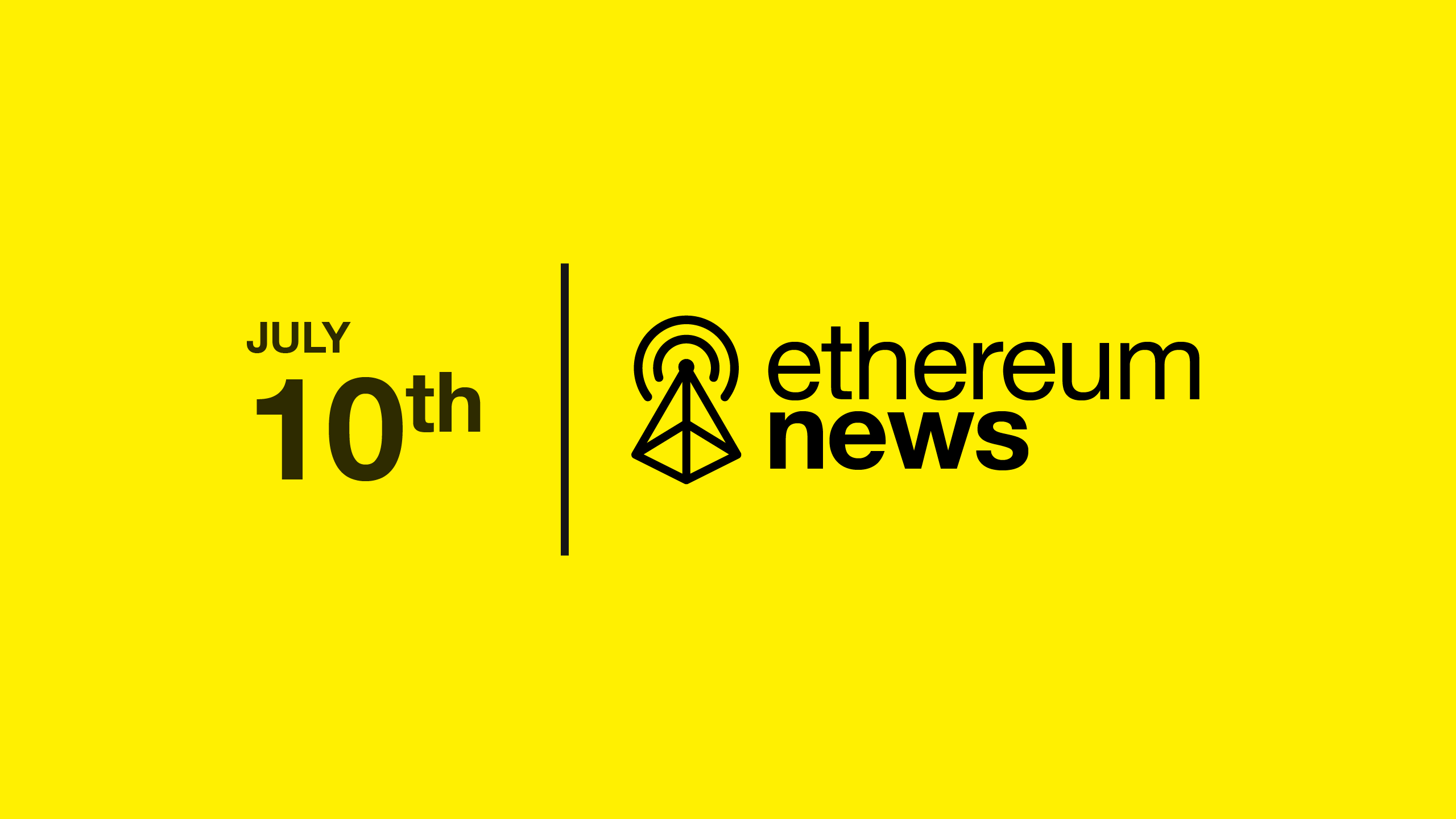AIP To Deploy $GHO On Mainnet
The proposal seeks two initial facilitators responsible for minting and burning GHO.

Quick Take
- Aave publishes an AIP to deploy $GHO on mainnet.
- BGD Labs introduces Aave Delivery Infrastructure.
- 20% of all ether is now staked on the Beacon Chain.
- Stader Labs goes live on mainnet.
Listen on: Apple | Spotify | YouTube | Lens | Twitter
AIP To Deploy $GHO On Mainnet
An Aave Improvement Proposal (AIP) for deploying Aave's GHO stablecoin on mainnet is now live. The proposal seeks two initial facilitators responsible for minting and burning GHO. The Aave V3 Ethereum Facilitator enables borrowing GHO against collateral and the FlashMinter Facilitator facilitates flashloans.
Revenue generated from GHO loans will be allocated to the Aave DAO, which will also have control over GHO's interest rate. Voting for the proposal commences on July 11th at 6:52 UTC and concludes on July 14th at 10:51 UTC. This month marks one year since Aave first proposed plans for a native USD-pegged stablecoin.
Aave Delivery Infrastructure (a.ID)
BGD Labs introduced Aave Delivery Infrastructure (a.DI), an abstraction layer for cross-chain governance. a.DI's smart contracts allow DAOs to communicate and govern across chains. The system aims to remove reliance on a single bridge provider, reduce friction in network expansion, and enhance security and decentralization.
a.DI's components include the Cross-chain Controller (CCC), the Cross-chain Forwarder (CCF), and the Cross-chain Receiver (CCR). a.DI operates in both operational and emergency modes. Underlying bridges for a.DI include LayerZero, Chainlink’s CCIP, Hyperlane, and native bridges on networks where Aave is present.
20% Of Ethereum’s Supply Is Now Staked
Ether staked on the beacon chain now accounts for over 20% of Ethereum’s supply. According to an Ethereum staking dashboard by hildobby, a total of 23.8 million ether is being staked across 744,390 validators. The figure includes the assets in staking entry queue, which currently consists of 83,000 validators and has a month-long wait.
The staked ether secures the network by providing an economic guarantee that valid blocks are proposed, verified, and attested to. Since the Shapella upgrade, stakers have deposited an additional 4.5 million ether. Lido Finance holds the largest market share of staked ether, accounting for 31.9% of ether on the Beacon Chain.
Stader Labs Goes Live On Mainnet
Stader Labs, a liquid staking protocol, is now live on Ethereum mainnet. Similar to Rocket Pool, Stader Labs allows node operators to deploy a validator with as little as 4 ether and 0.4 ether worth of its native SD token. Users can also mint Stader’s liquid staking token called ETHx. Stader combines a node operator’s bond with 28 ether from liquid stakers. Stader is also offering incentives for early users, including a 1.5x boost for early liquid stakers, $800k in LP incentives, and a 2% commission boost for early node operators.
Etherscan Similar Contract Search
Etherscan added a similarity filter to its similar contract search tool. The tool allows users to enter a smart contract address and set a similarity tolerance to search for other smart contracts with similar code. The tool compares contracts based on their bytecode. Developers can use the tool to examine contracts with similar opcodes and compare implementations.

